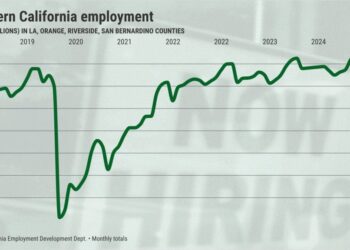In the sprawling city of Los Angeles, where the pace is as fast as the traffic once was on the 405, the once-reliable anchor of good customer service seems to be slipping away into the Pacific horizon.
What happened to the days when a friendly face greeted you at the door and a knowledgeable assistant guided you through your shopping or dining experience? The decline of customer service in L.A. is no mere anecdotal observation; it’s a well-documented phenomenon with roots in technological advancements and the challenges of a struggling labor force.
To understand the transformation, one must first acknowledge the impact of technology. The rise of automation and self-service systems was supposed to make our lives easier, but it seems to erode the essence of customer service in the City of Angels. A study by the Journal of Consumer Research highlighted how the increasing reliance on technology in service interactions could lead to a decline in customer satisfaction. The allure of automated checkouts and chatbots may be their efficiency, but they lack the essential human touch for a positive customer experience.
Take, for instance, the advent of touch-screen ordering systems in many Los Angeles restaurants. While these may speed up the process, they often result in a disconnect between customers and the establishment. The joy of interacting with a server who understands your preferences, recommends dishes and engages in friendly banter is replaced by a sterile interface. The emotional connection, a crucial aspect of customer service, diminishes when your order is just another set of buttons pressed on a screen.
Moreover, the influence of technology extends beyond the transactional aspects of customer service. The overreliance on online reviews and ratings, often driven by algorithms, has created a culture where businesses prioritize catering to the online masses rather than attending to the individual needs of their customers. Research published in the…
Read the full article here







